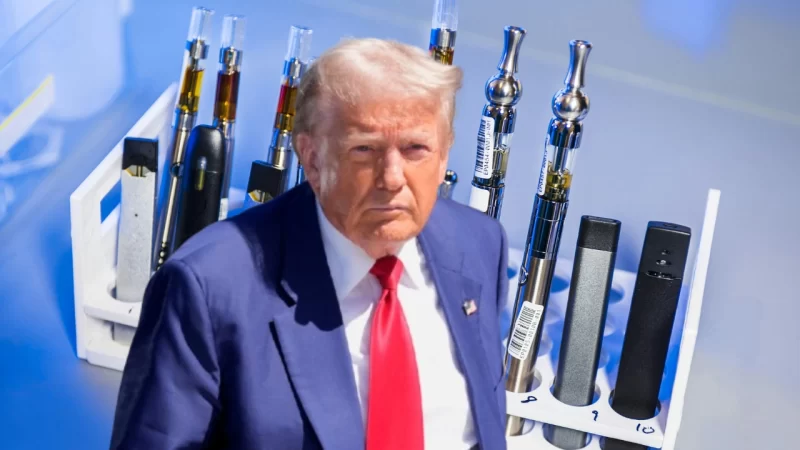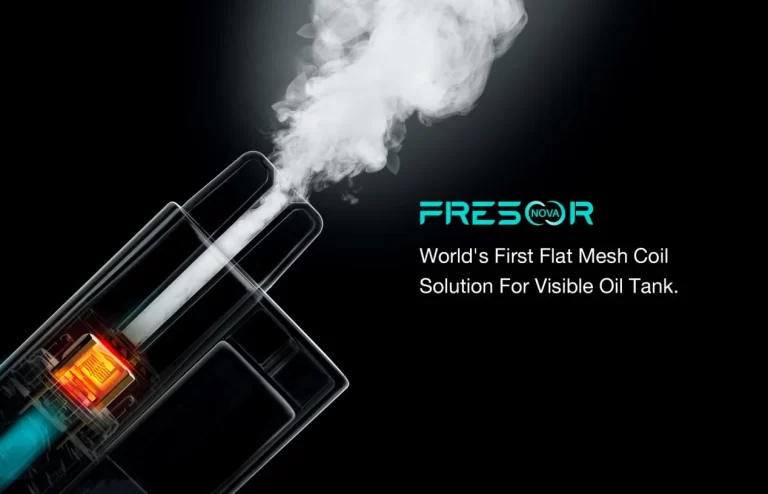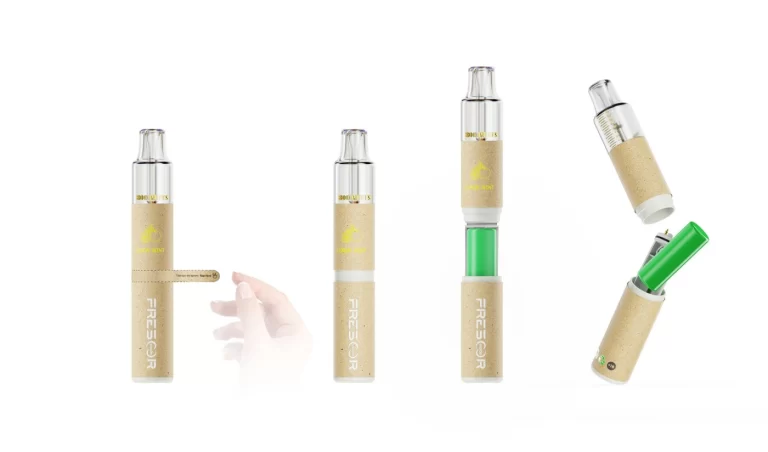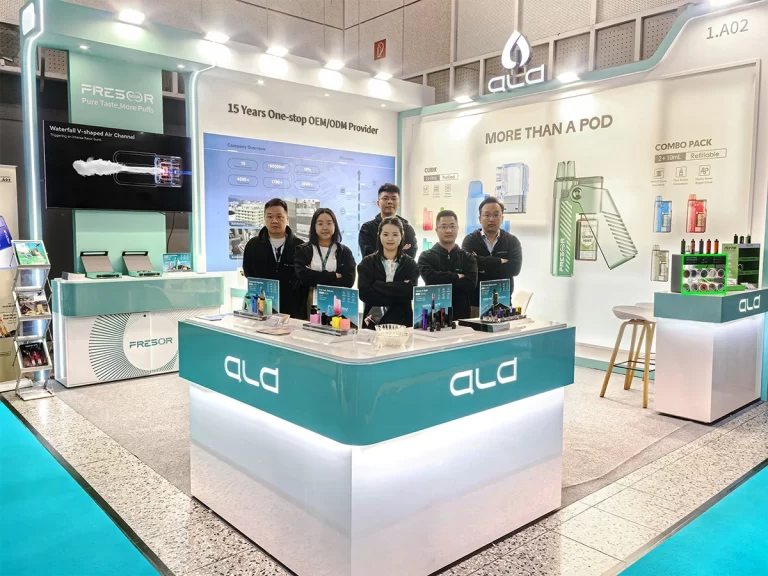In a significant victory, Donald Trump secured the 47th U.S. presidency in Wednesday’s election. With his administration poised to influence multiple policy areas, the vape industry anticipates major shifts in regulation. As the U.S. remains the world’s largest market for vape products, Trump’s return to office has industry stakeholders eagerly monitoring any potential policy changes.

Donald Trump said he wants to ‘save vaping’. (Photo credit: Unsplash, AP)
A Look Back: Trump’s First Term Vape Policies
Trump’s initial term (2016-2020) saw vape-related policies that were both controversial and uncertain. Notable steps included:
- Increasing the Minimum Purchasing Age: Trump supported raising the minimum age for purchasing vape products from 18 to 21, aiming to limit youth access and safeguard their health.
- Flavor Restrictions: In September 2019, his administration proposed a ban on all non-tobacco vape flavors to curb youth vaping. However, heavy lobbying from industry giants led to a softened stance, allowing some flavors, such as menthol, to remain available.
Trump’s vape policies were complex, influenced by various factors:
- Public Health Concerns: The rise in vape-related lung illnesses and fatalities demanded government attention, raising concerns about the health risks associated with vaping.
- Economic Considerations: The vape industry contributes to employment and tax revenue. Overly stringent regulations could impact economic growth by threatening the industry’s viability.
- Political Pressures: Given the powerful lobbying force of the vape industry, the administration had to balance health concerns with industry-backed political influence.
Election Promises: “Saving” the Vape Industry
On September 20, 2024, Trump posted on his social media platform, Truth Social, pledging to “save” the vape industry if re-elected. This statement renewed speculation about potential policy shifts in his next term.
Policy Projections: Balancing Health and Economic Growth
As Trump re-enters office, his business-minded approach to policy may continue. Here are four anticipated policies that could shape the future of the vape industry:
- Easing Flavor Restrictions: In 2019, Trump initially sought to ban fruity and sweet vape flavors but later shifted his position. With limited flavors currently allowed in the U.S., Trump may push to reintroduce a wider range of vape flavors to meet consumer demand and bolster market growth.
- Reducing Regulatory Barriers: The FDA’s stringent requirements, such as the Premarket Tobacco Product Application (PMTA) process, make it challenging for new vape products to enter the U.S. market. Trump might take steps to ease these regulatory hurdles, making it easier for small and medium-sized vape companies to enter the industry.
- Promoting Vaping as a Smoking Cessation Tool: Trump has previously suggested that vaping can help people quit smoking. While this view remains controversial within the scientific community, Trump may leverage it to promote the industry, potentially encouraging vape product development aimed at smoking cessation.
- Strengthening Anti-Counterfeit Measures: Trump has voiced his commitment to protecting consumers by eliminating counterfeit vape products. By intensifying crackdowns on fake products, he could help protect consumer health and safety while supporting legitimate manufacturers and reducing youth access to unsafe products.
Read More: Vape News Weekly:Canada plans to launch vape sales license
As Trump’s second term unfolds, the vape industry will continue to watch closely, with the possibility of an industry-friendly landscape on the horizon. These potential regulatory changes could reshape the U.S. vape market, bringing both opportunities and challenges for manufacturers and consumers alike.










